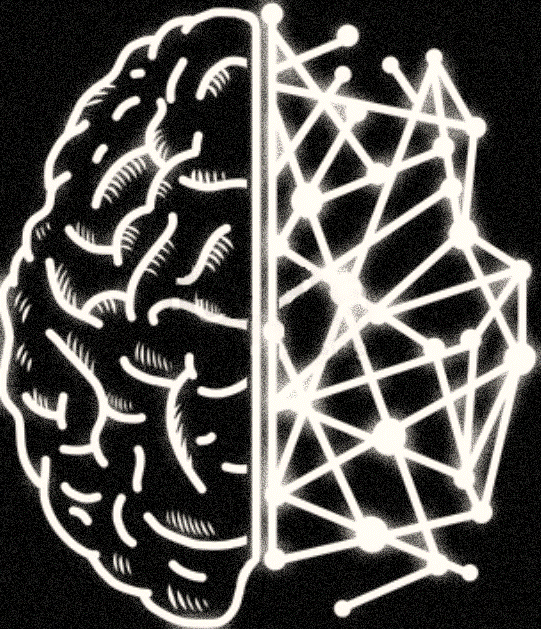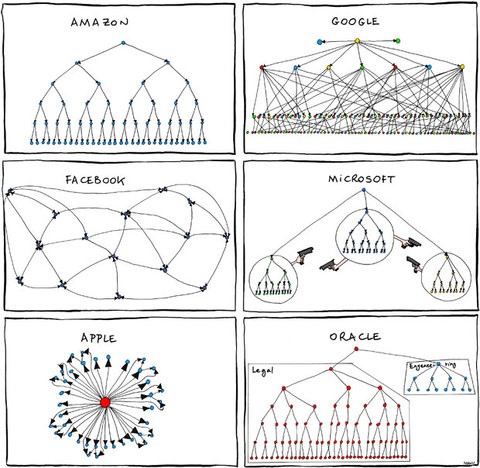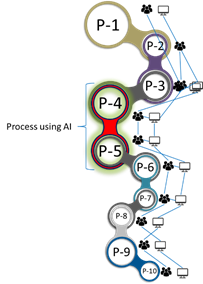June 27, 2018

Intended Audience:
1. Leaders from large to small scale organizations
2. Bright minds with clear AI strategy
3. Business heads, who are mentally and financially prepared for the practical AI
Do you have the answer to:
1. Why AI is discussed more in the Universe?
2. What is the practical AI for my business?
3. How does my business get eligible for AI?
Then it is the right time to pay attention to CI for productivity improvement and keep up your market. AI is NOT a traditional computer software where you download the .exe to double click and start using like a preconfigured software program, example: “Microsoft Office”
AI needs special attention before and after adaptation. AI is a programmed application without the configured instructions, the best comparison would be your new employee on day one. To deliver the desired results, first, he/she needs to learn, understand, and practice the process, technology, information, and people.
Let’s take a quick look about “What is AI” before proceeding further, AI is nothing but a computer program which can simulate human actions without the preconfigured steps/instructions. Common AI subsets are Natural Language Processing, Speech Recognition, Statistical Learning, Computer vision, Augmented Reality, Virtual Reality, Object Recognition, Image Processing, Robotics, Machine Learning, Pattern Recognition, Deep Learning, and Neural Nets.
There are many advisory firms, consultants, and online portals which can make you understand and preselect one or more AI for your business problems as Products or API or platforms or as a hybrid. The game is not over at this point, the challenge arises when people start using and adapting this brand-new technology.
The reality is, we do not have any standard practices to teach us how to adapt/modify the IT and business for AI, because every organization operates under its own structure and ethics. Below diagram shows, how the biggest tech companies are organized and operating, the Decision-Controls are different, BUT they are successful.

“Ethics changes with technology” — The ethics are equally important and mostly structured for people. Example: Organization allocates 2-hours for people to read and process the 100-page document, logically this SLA is ideal for human but not for AI also there are places where humans can do better than AI like differentiating cat and dog in a picture.
The organizations will fail fast in their AI transformation if they run AI with their traditional ethics, process, and data movements. In general, there are several touchpoints, like Degree of Control, Target Values, Fairness and Accuracy, etc to take care, but we are going to see how “Collective Intelligence” is a lifesaver.
As per MIT, “Collective Intelligence is a group of individuals acting collectively in ways that seem intelligent” Their favorite references are how Google and Wikipedia collectively interconnect several websites/data sources to deliver accurate results for user queries in a fraction of second.
As the technology evolved from “1-Tier to 2-Tier”, “2-Tier to 3-Tier” and now running serverless Architecture, every organization has CI to some extent through mutually interconnecting,
1. “Human to Human”
2. “Computer to Computer”
3. “Human to Computer”
As said, AI is not a human, but it can simulate human actions, due to its nature, AI needs more test data to train the model with appropriate training algorithms, importantly the traditional level of CI is not going to fulfill the needs.
To enable the right degree of CI and “AI-ready” data, the ethics, operational/system changes, and acceptance of AI should apply in all levels, starting from “Leadership” to “team member” including “end-customers and clients”. A random example explains how People, Process, and Technology are interconnected intelligently to make this AI successful.

1. This organization has 10 Processes (P1 to P10)
2. People and Software are used in process executions
3. People alone run some process without the software
4. AI is deployed in P4 & P5
5. Even though AI is used by P4 & P5, the entire organization’s people and software are connected wisely, logically and intelligently for the successful AI
As every organization is built with their own people, process, technology, and data, there is no right or wrong way to enable CI for AI, but to get the CI straight for your business,
- Hire or Identify the right minds
- Qualify the practical AI product/API/platform for your business (or) bring a good AI product consultant/team
- Collaborate your engineering team with the AI team
- Identify and provide them the necessary hardware and software/tools
- Make sure enough Data training is achieved
The above activities are not like traditional software development activities and phases, because usually the People, Process and Technology are not mature for AI, so it will consume some extra time.
- Keep your Long-term vision alive
- Pay attention to your AI project planning and release schedules
- Collect the continues feedback from Business Strategy Advisors and Enterprise Architects to foresee your business with AI
- Do not hesitate to refactor your ethics as necessary
Their primary goals can be:
- Identify the ideal process for AI
- Bring the right AI product(s) or AI models and algorithms
- Find the logical touchpoints to enable CI (both Process and Technology)
- Confirm all the necessary data and make it “AI-ready” for its training and testing.
Apart from the above responsibilities, there is a smart and clever way to achieve successful AI. You can look for some good and ready to deploy, AI-enabled products for intelligent automation, enterprise-wide smart agent, etc to eliminate the manual efforts related to building AI models, creating algorithms, and data training.
Few facts!

Senthil Kumar
He is passionate and keen to remain knowledgeable about IT infrastructure, Artificial Intelligence (AI), Automation, Neural nets, Machine Learning (ML), Natural Language Processing (NLP), Image Processing, Client Computing, Blockchain, and Public/Private Clouds. His research interest circles around stack solutions to enterprise problems.
Kumar has a MS in Software Engineering (SE) along with several technical certifications like MIT’s Artificial Intelligence (AI), Machine Learning (ML- Information Classification), Service Oriented Architecture (SOA), Unified Modeling Language (UML), Enterprise Java Beans (EJB), Cloud and Blockchain, etc.









